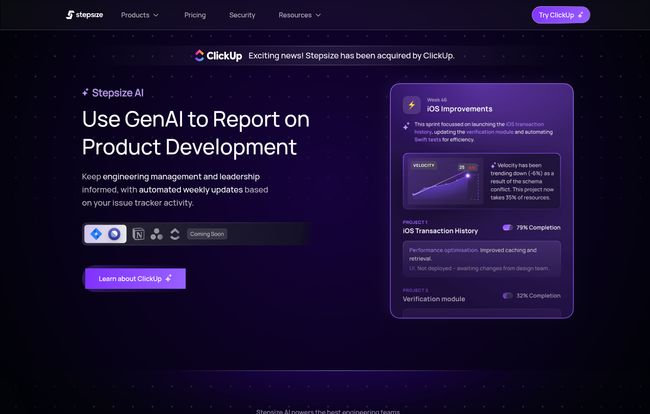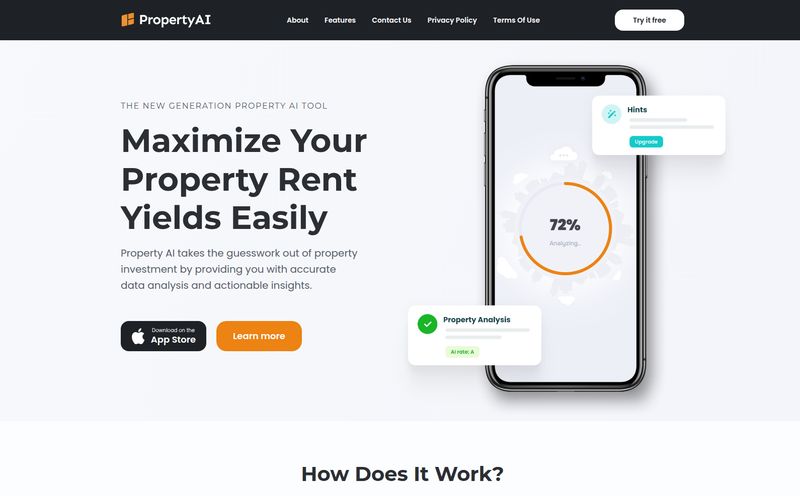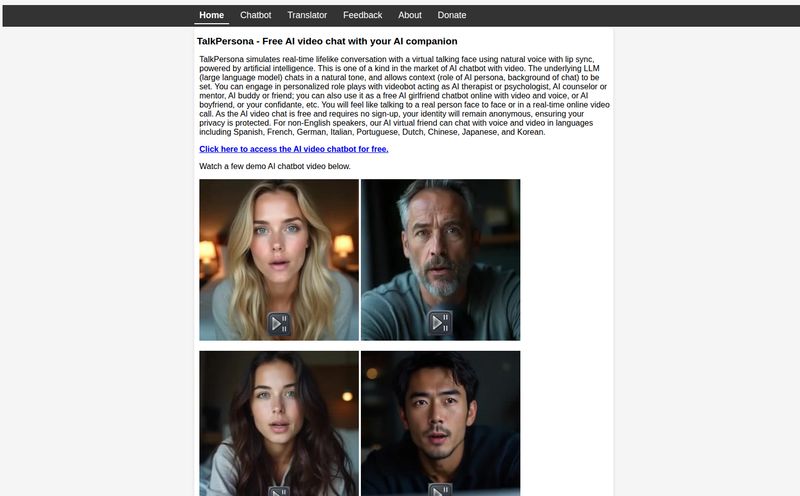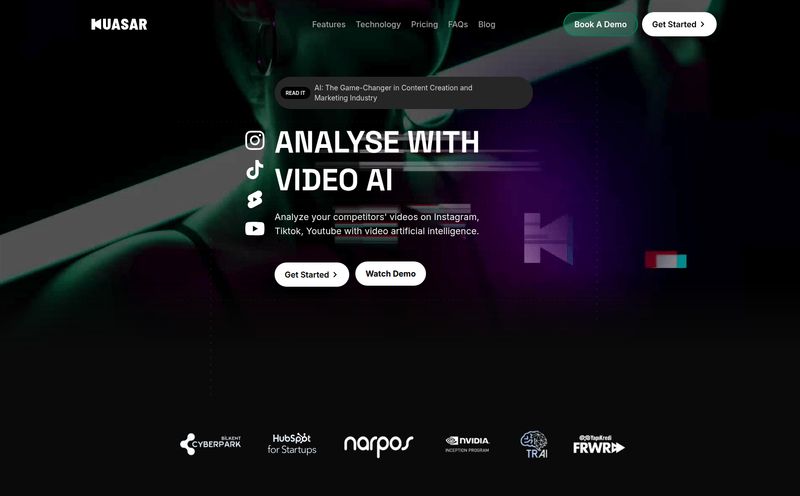If you're a product manager, scrum master, or engineering lead, how much of your life have you lost to the soul-crushing ritual of manual reporting? You know the one. The weekly scramble to pull data from Jira, screenshot a few burndown charts, paste them into a slide deck, and then try to write some coherent sentences explaining why ‘Story Points Completed’ looks a bit sad this week. It's a grind. And half the time, by the time you present the data, it's already out of date.
I've been there, and I have the emotional scars to prove it. For years, the industry has been searching for a better way. We want the insights, but not the hours of administrative drudgery. So when a tool like Stepsize AI comes along, promising to use GenAI to automate the whole shebang, my ears perk up. And when a major player like ClickUp goes ahead and acquires them, well, that’s not just noise. That’s a signal.
What Exactly is Stepsize AI? (And Why Should You Care?)
So, what is this thing? At its heart, Stepsize AI connects directly to your project management tools—right now, that's Jira and Linear—and acts like a dedicated analyst for your team. It sifts through all the activity, the tickets, the status changes, the comments, and it doesn't just spit out a bunch of charts. That's the key difference. It creates a report that tells a story.
Think of it less as a dashboard and more as a data storyteller. It provides the metrics you'd expect, but it pairs them with AI-generated commentary in plain English. It's designed to give you the "so what?" without you having to spend an hour figuring it out. Why should you care? Because your most valuable resource isn't your budget; its your team's focus. And if you can claw back hours spent on reporting and reinvest them into, I don’t know, actually building the product? That’s a massive win.
The Core Features That Actually Matter
A lot of tools come packed with features that look great on a sales page but gather dust in practice. I’ve found that Stepsize AI's value really comes down to a few core functions that work together pretty nicely.
Automated Updates That Aren't Just Noise
We all suffer from notification fatigue. Another automated email, another ping. Yawn. What Stepsize AI does differently is that its weekly updates are genuinely insightful. Because of the AI commentary, you're not just getting raw numbers. You get context. Instead of just a chart showing a dip in progress, you get a sentence explaining that the dip corresponds with a few key tasks being blocked, and it might even name the epic they belong to. It's signal, not noise.
AI-Powered Commentary: Your Personal Data Storyteller
This, for my money, is the main event. It’s one thing to see that your team’s cycle time has increased. It’s another thing entirely to have an AI assistant point out, “Cycle time for the ‘iOS Improvements’ epic has gone up this week. This seems to be because several user stories have been sitting in ‘In Review’ for longer than average.” Suddenly, you have a direct, actionable conversation starter for your next stand-up. It's not about replacing the manager; it's about giving them the perfect talking points on a silver platter.

Visit Stepsize AI
Proactive Risk Detection
This is where the tool shifts from being a good reporting tool to a genuinely useful management partner. Stepsize AI intelligently surfaces delivery risks. It looks for the outliers—the PR that's been open forever, the story that's been bouncing between 'To Do' and 'In Progress', the epic that has a ton of activity but no actual progression. It helps you get ahead of problems before they derail a sprint. This is the kind of stuff that separates a good team from a great one: the ability to see around the corner.
My Honest Take: The Good, The Bad, and The... Pricey?
Alright, no tool is perfect. Let's get into the nitty-gritty. After kicking the tires, here’s my breakdown.
The Good Stuff (The Real-Time Savers)
The time-saving aspect is real and it's spectacular. The automation is the obvious win, freeing up hours of manual work. But the bigger win, I think, is the enhanced visibility and alignment. When everyone is looking at the same clear, context-rich report, you cut down on so many pointless meetings and misunderstandings. The report becomes the single source of truth, and it's a truth everyone can actually understand without a PhD in Gantt charts.
Some Things to Keep in Mind
First off, the AI is smart, but it's not a person. You still need your human intuition. I’d treat the AI commentary as a very knowledgeable assistant—it gives you a fantastic starting point, but you should always validate it's findings with your own project knowledge. It’s a tool to augment your judgment, not replace it.
Second, the classic 'garbage in, garbage out' principle applies with a vengeance here. If your team's Jira or Linear hygiene is a mess—tickets are never updated, epics are vague—then Stepsize AI won’t have good data to work with. It's a great incentive to clean up your processes, but it's something to be aware of.
Let's Talk Money: Stepsize AI Pricing Explained
Pricing is often the elephant in the room, so let's put a spotlight on it. Stepsize AI has a refreshingly simple pricing model, but with a twist.
Essentially, there are two plans that, on the surface, look identical in price:
- Team Plan: This is the standard offering at $29 per month per Jira board or Linear team. It comes with a 2-week free trial, and you can even generate your first report completely free without putting in a credit card. I love that. It shows confidence in the product.
- Tailored Setup: Also listed at $29 per month per board/team, this is clearly the option for larger organizations. This isn't a checkout-and-go plan; it's a "get in touch" plan. It includes help with proof-of-concept, infosec assistance, and hints at volume discounts and extended trials.
For a single team with one or two main boards, the cost is a no-brainer. It's less than a few fancy coffees a month. For a large organization with dozens of teams and boards, that per-board cost could add up fast. That’s where you'd want to have a conversation about the 'Tailored Setup' and negotiate a more sensible package. It's a scalable model, but one you need to do the math on.
Who is Stepsize AI Actually For?
So, is this the right tool for you? It depends.
I’d say Stepsize AI is a fantastic fit for Product Managers, Engineering Managers, and agile teams who live and breathe inside Jira or Linear. If you're a startup or a scale-up where speed and focus are everything, the ability to automate reporting and proactively spot risks is invaluable. It’s for people who believe their time is better spent solving problems than documenting them.
Who might not need it? If you’re a massive enterprise with a heavily customized, in-house BI system and a team of data analysts, this might be too simple for your needs. Or, obviously, if your team doesn't use Jira or Linear, it's a non-starter for now (though they are planning more integrations).
Frequently Asked Questions about Stepsize AI
Here are a few questions I've seen pop up that are worth answering directly.
- 1. Is my data secure with Stepsize AI?
- Yes. According to their site, they take security seriously. They use robust 256-bit AES encryption for data at rest and in transit. Crucially, they state that your company's data is never used to train any large language models (LLMs).
- 2. What tools does Stepsize AI integrate with?
- Currently, it integrates with Jira and Linear. They have a "Coming Soon" note for other popular tools like GitHub, so it seems they're planning to expand.
- 3. How is this different from the reports already in Jira?
- Jira’s native reports are mostly static charts and data points. They show you what happened. Stepsize AI aims to tell you why it happened with its AI-powered commentary and proactively flags what might happen next with its risk detection. It's about adding a layer of intelligence and interpretation.
- 4. Can I try Stepsize AI for free?
- Absolutely. They offer a 2-week free trial, and you can generate your very first weekly update for free with no credit card required. It’s a great way to see if it provides real value for your team.
- 5. What does the ClickUp acquisition mean for Stepsize?
- It's generally a positive sign. It gives Stepsize access to more resources for development and growth. In the long run, we might see its technology integrated more deeply into the ClickUp ecosystem, but for now, it operates as a powerful standalone tool with strong backing.
Final Thoughts: Is It a "Step" in the Right Direction?
Okay, I couldn't resist the pun. Look, the world of product development is swimming in data but often starving for wisdom. Tools like Stepsize AI represent a move in the right direction—away from manual data entry and toward automated, intelligent interpretation.
It's not a magic wand that will solve all your project management woes. You still need a solid team and good processes. But it is an incredibly powerful assistant. It automates the boring stuff, surfaces the important stuff, and gives you back time to focus on what humans do best: communicating, strategizing, and solving complex problems. For the price, especially for smaller teams, it feels like a bargain for the amount of time and headaches it can save. It's definitely worth taking for a spin.
Reference and Sources
- Stepsize AI Official Website
- Stepsize AI Pricing Page
- ClickUp's Announcement of the Stepsize Acquisition



